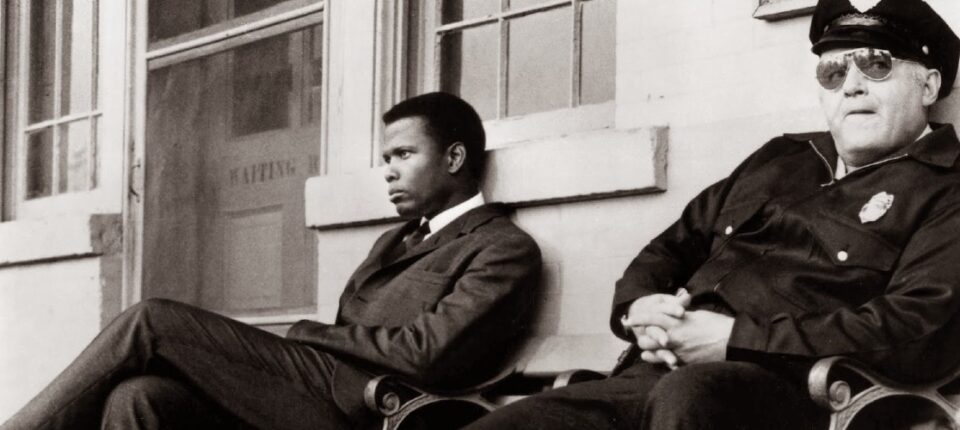
10 Great Films Adapted From Crime Novels
🎬 10 Must-Watch Crime Films Adapted from Novels (Updated for 2025)
Crime fiction has always been a treasure trove for filmmakers, offering rich narratives and complex characters ripe for the big screen. While classics like The Godfather and The Silence of the Lambs have long set the standard, recent years have introduced a new wave of compelling adaptations. Let’s dive into some standout crime films based on novels that you shouldn’t miss.
1. A Haunting in Venice (2023)
Kenneth Branagh returns as Hercule Poirot in this atmospheric adaptation of Agatha Christie’s Hallowe’en Party. Set against the eerie backdrop of Venice, Poirot attends a séance that leads to a chilling murder. Blending classic whodunit elements with supernatural undertones, this film offers a fresh take on Christie’s work. The Guardian+2Wikipedia+2MovieWeb+2MovieWeb
2. Jaane Jaan (2023)
This Indian thriller, adapted from Keigo Higashino’s The Devotion of Suspect X, follows a single mother entangled in a murder investigation. With stellar performances and a gripping narrative, Jaane Jaan became Netflix India’s most-watched film in 2023. Wikipedia
3. Only the River Flows (2023)
Based on Yu Hua’s novella Mistakes by the River, this Chinese neo-noir film delves into a series of murders in a 1990s riverside town. Its haunting visuals and introspective storytelling earned it a spot in Cannes’ Un Certain Regard section. Wikipedia
4. God’s Crooked Lines (2022)
Adapted from Torcuato Luca de Tena’s novel, this Spanish psychological thriller centers on a woman who checks into a psychiatric hospital to investigate a suspicious death. The film masterfully blurs the lines between reality and delusion. Wikipedia
5. The Pale Blue Eye (2023)
Set in 1830, this film follows detective Augustus Landor as he investigates murders at the U.S. Military Academy, with the aid of a young Edgar Allan Poe. Adapted from Louis Bayard’s novel, it’s a dark, atmospheric tale that intertwines fiction with historical figures. Esquire
6. The Zone of Interest (2023)
Based on Martin Amis’s novel, this film offers a chilling portrayal of a Nazi commandant’s family living adjacent to Auschwitz. Its detached perspective and haunting imagery provide a unique lens on historical atrocities. Collider+1MovieWeb+1
7. Adagio (2023)
The final installment in Stefano Sollima’s Roman crime trilogy, Adagio delves into the moral decay within Rome’s criminal underworld. With a compelling narrative and strong performances, it’s a fitting conclusion to the series. Wikipedia
8. Limbo (2023)
This Australian mystery follows a detective investigating a cold case in a remote outback town. Its minimalist approach and stark landscapes create a haunting atmosphere that lingers long after the credits roll.
9. The Count of Monte-Cristo (2024)
A fresh adaptation of Alexandre Dumas’s classic tale of betrayal and revenge, this film captures the essence of the original while offering a modern cinematic experience. Its rich storytelling and dynamic performances make it a standout.
10. The Critic (2023)
Set in 1930s London, this adaptation of Anthony Quinn’s Curtain Call revolves around a theater critic entangled in a murder mystery. With a stellar cast and intricate plot, it’s a must-watch for fans of period dramas and whodunits. Dead Good
🕵️♂️ Dive Deeper into Crime Fiction
If these films have piqued your interest, there’s a world of crime fiction waiting to be explored. Start your journey with a free book from acclaimed author C.T. Mitchell. Uncover gripping tales that will keep you on the edge of your seat.
Share


